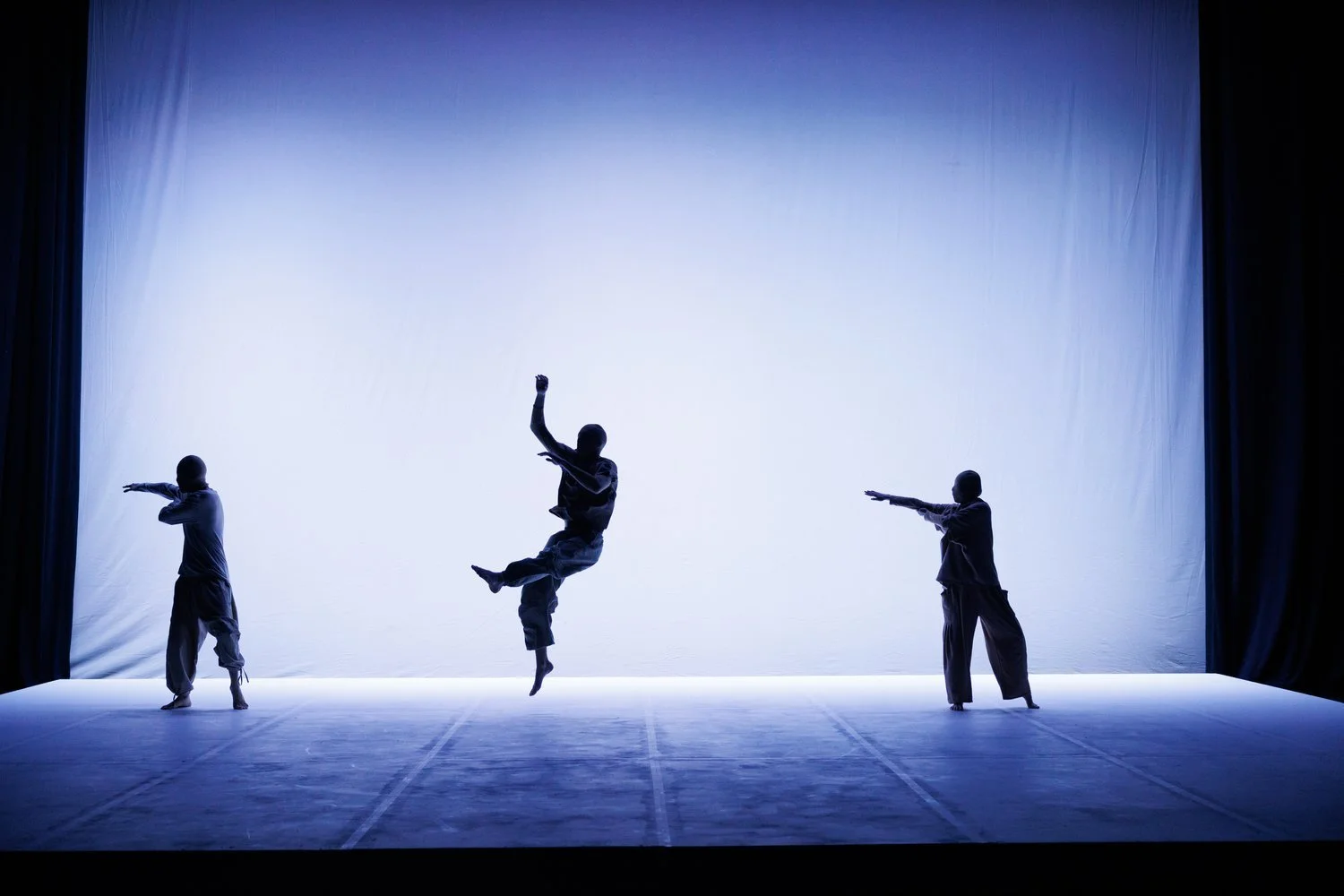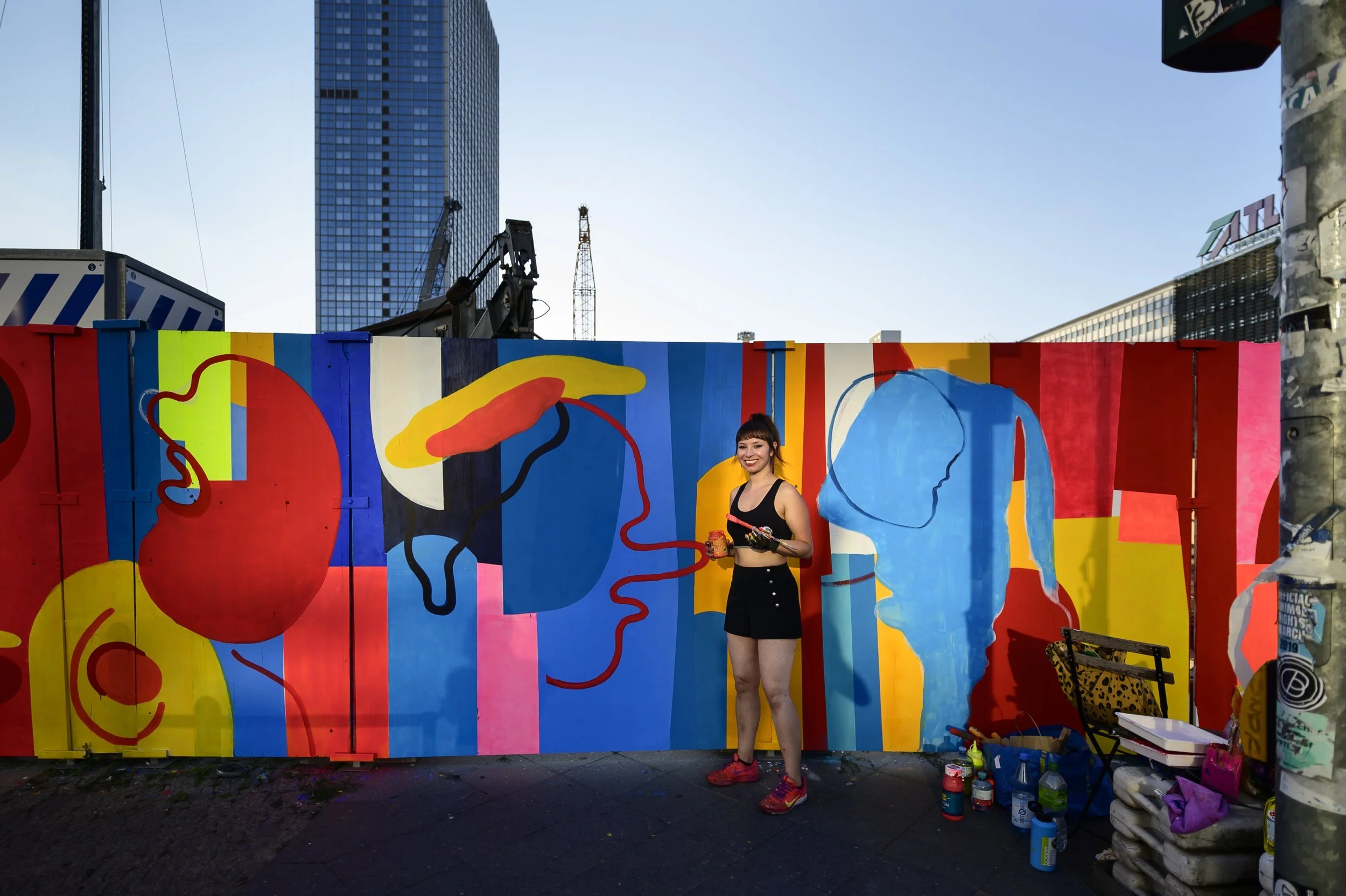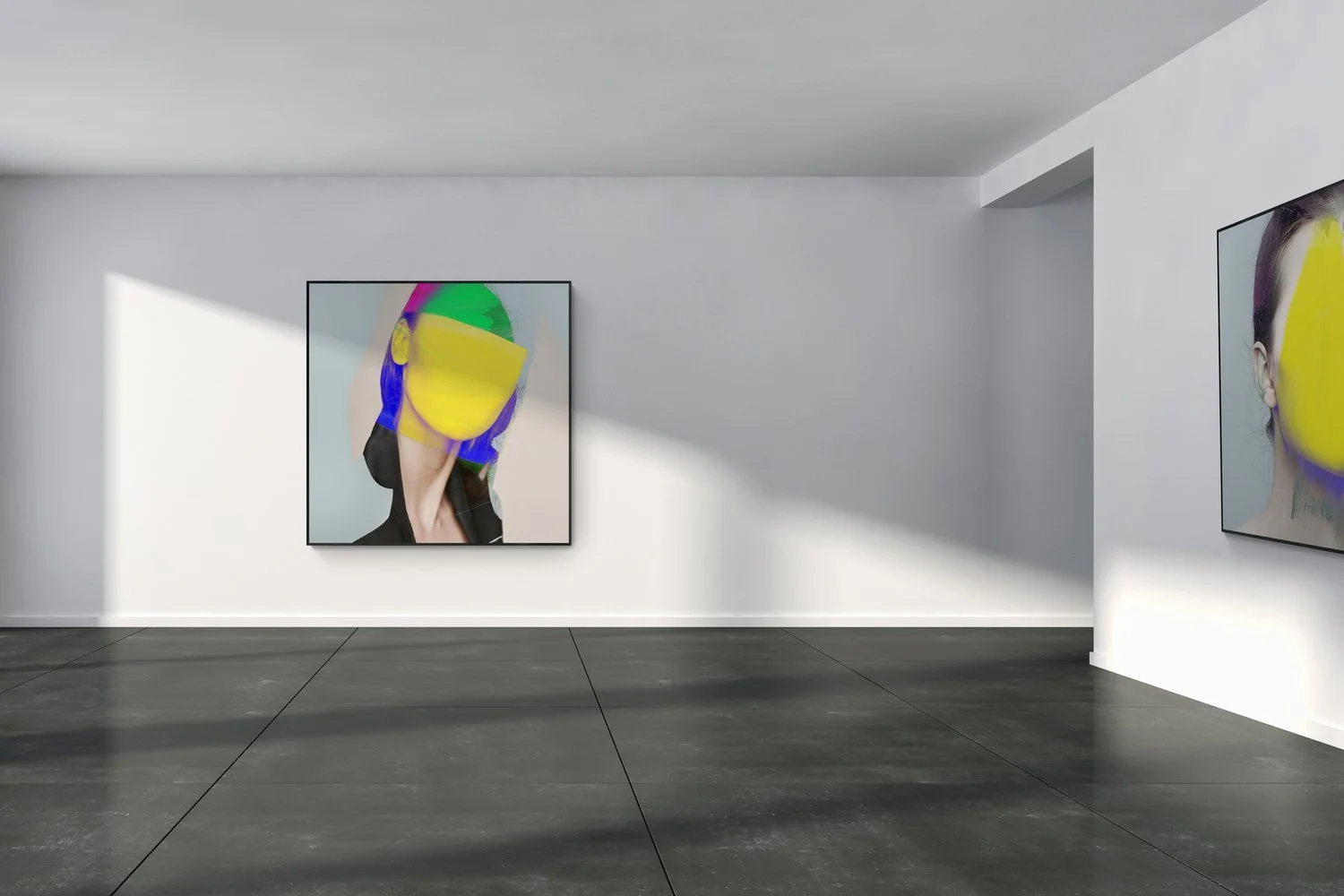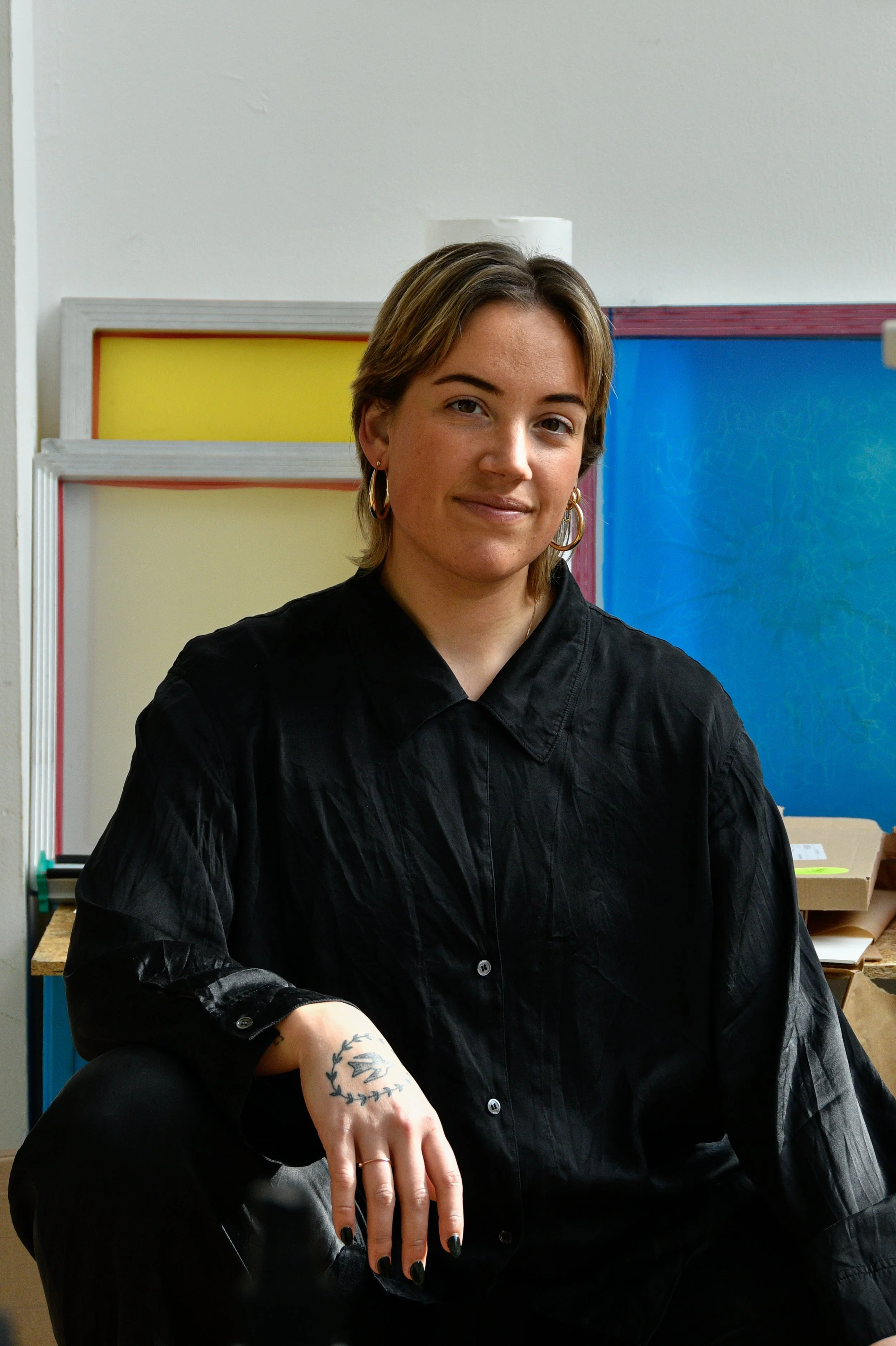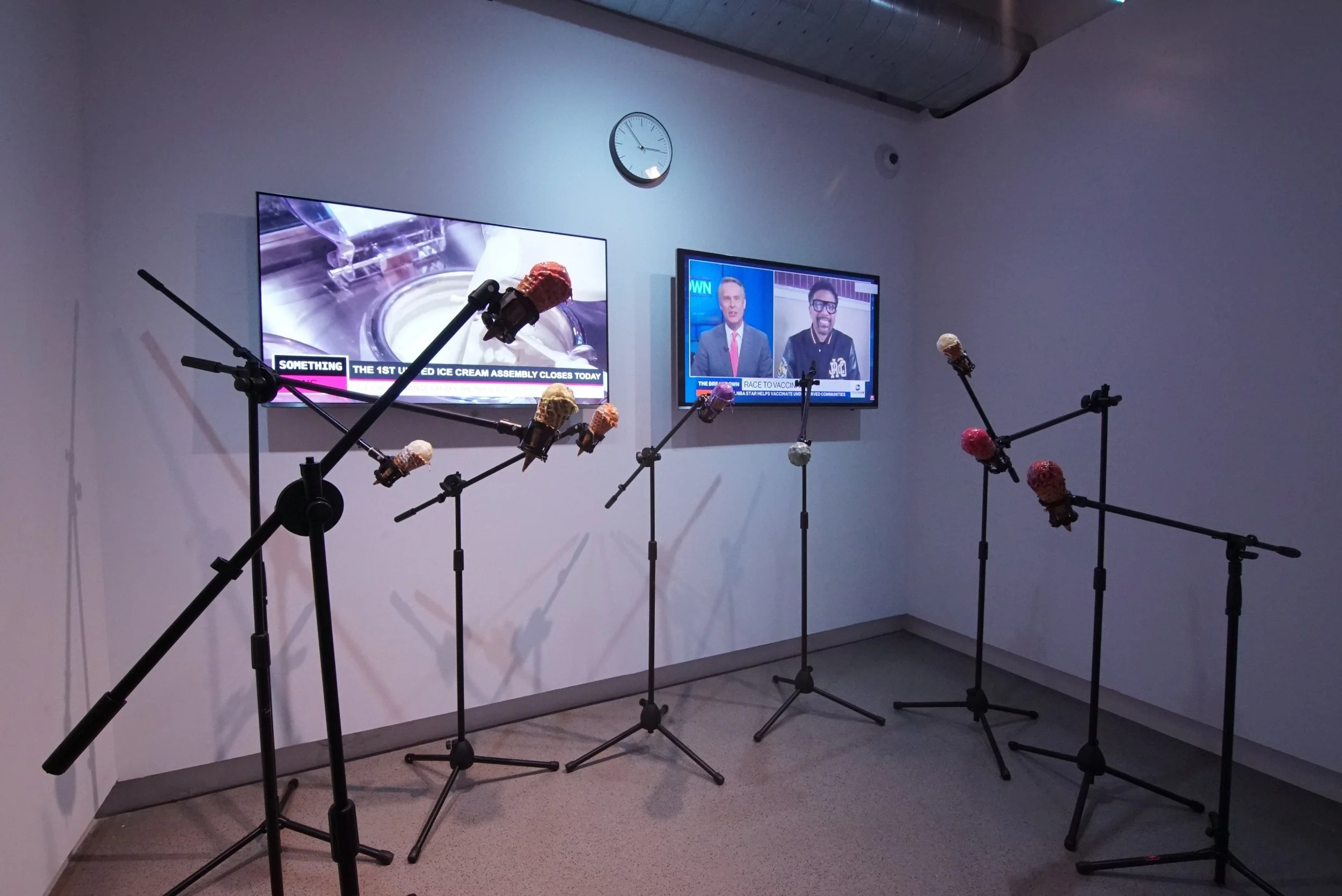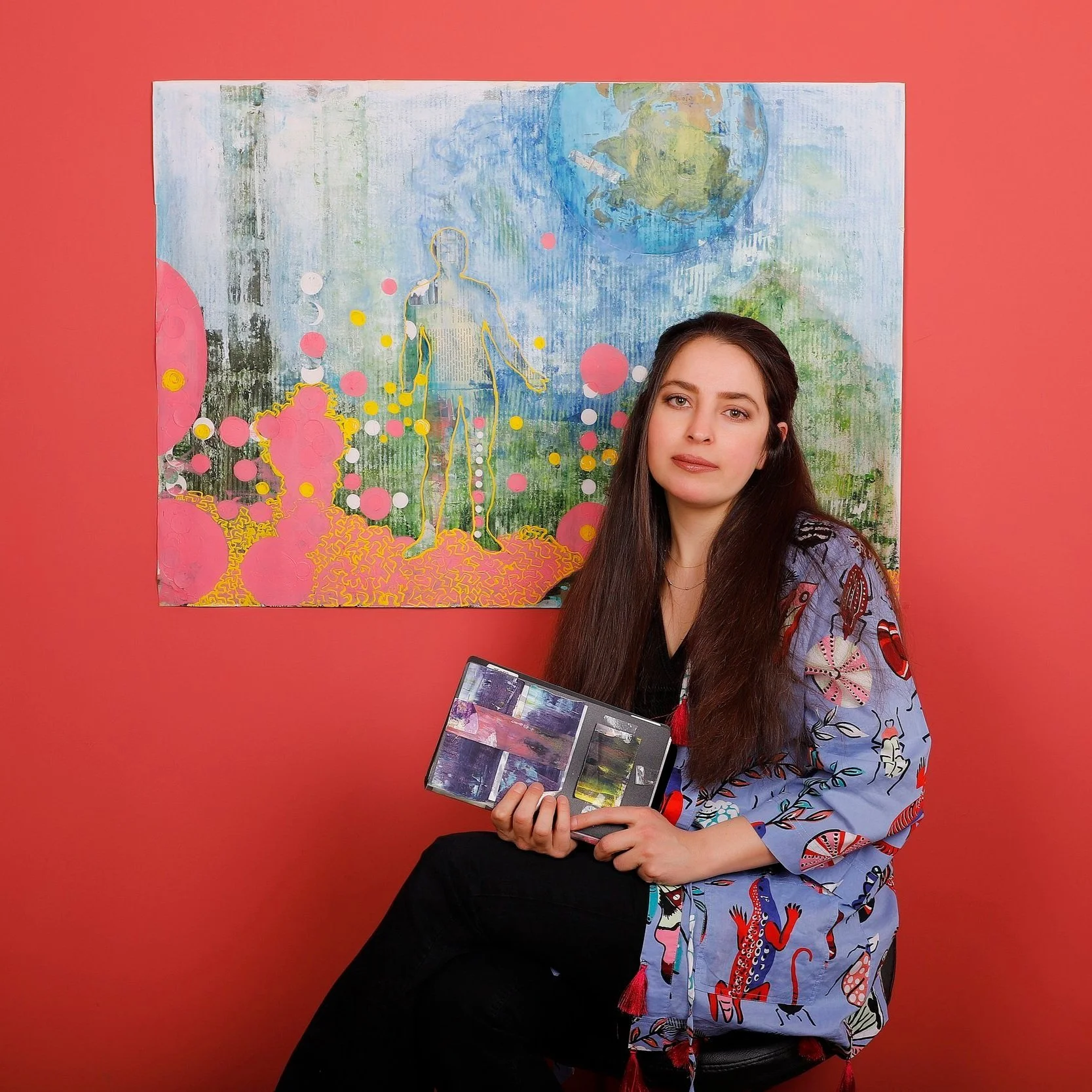New York City-based multimedia artist Qinru Zhang has been exploring identity, femininity, and uncanniness using digital mediums, including 3D animation and mixed reality. Through observing society's sexualization of femininity, Zhang appropriates, détourns, and normalizes feminine stereotypes to challenge existing gender norms. She advocates for freedom of choice in identity representations and calls for female empowerment.
INTERVIEW | Carolina Amaya
Carolina Amaya is a Colombian artist, based in Berlin. She explores the concept of eroticism through the lenses of pleasure, consent, self-love, fears, and sensuality. Her work aims to provoke introspection and evoke emotions through a range of media, a variety of hairy objects, solid colors and extremely black lines - with her own body as the main object of the image.
INTERVIEW | Dairu Ren
Dairu Ren is a talented fashion designer based in New York City. Dairu was born and raised in China and began learning knitting and crochet at the age of eleven, influenced by her native country. Her work is characterized by the reinvention of traditional handicraft techniques through the use of vibrant colors and three-dimensional textures. Each collection by Dairu Ren tells a unique and fascinating story through meticulously created components.
INTERVIEW | Wowser Ng
Wowser Ng is a China-born, London-based visual artist. His work functions by appropriating fashion products and commodities. These sleek and gorgeous images depict Generation Z and the dangers of continuing to support materialism. He develops the painting practice of combining abstract and Pop with a visual narrative to reveal the pop culture under the influence of the current society.
INTERVIEW | Tianyi Sun
Tianyi Sun is a multidisciplinary artist and researcher based between New York and Beijing. She uses a diverse range of strategies, including installation, film, sculpture, painting, and physical computation. Her latest project, Disposable Utensils, is an interactive installation that incorporates focused and ambient sound, multi-channel projection mapping, motion sensors, along with sculptural assemblages.
INTERVIEW | Jiang Geping
Jiang Geping is a senior concept designer, illustrator, comic artist, and lecturer based in China. The artist questions whether robots should have the same rights as humans and what that would mean for our society. The series depicts robots with human-like features, raising the question of how we define humanity and where we draw the line between humans and machines.
INTERVIEW | Patrícia Abreu
Patrícia Abreu is a Brazilian visual artist. Themes about Time, Memory, and the Natural World are a constant presence in her work. She has always been interested in the mysteries of Nature's life, which is covered beyond the visible surfaces that envelopes what we see and blur what we imagine. Her series of photographs titled Echoing Humanity was shot in Cisco, a ghost town in Utah, USA, in January 2019.
INTERVIEW | Song Lu
Song Lu is an artist born in Guizhou, China, in 1994. As a visual artist currently based in Shanghai, Song Lu's creative practice primarily focuses on photography, video, and 3D animation. Through her works, she explores and expresses a range of emotions and feelings, often incorporating elements of humor, surrealism, and childlike wonder in a playful and whimsical style.
INTERVIEW | Evgeniya Strygina
Evgeniya Strygina is a London-based contemporary artist specializing in landscape and architecture photography. She captures urban and natural environments to highlight their relation to and their autonomy from human beings. To make the viewer see aspects of the landscape that routinely go unnoticed, she offers a different perspective and deliberately strips down the style of her photographs.
INTERVIEW | Nae Zerka
Nae Zerka is an Austrian artist, based in Salzburg, Austria. In the age of frequent digital disruption, visual artist Nae Zerka showcases in his work the promising possibilities of painting with technology. His artistic practice infuses visual elements borrowed from these disciplines with a painterly touch. Together with the use of contrasts and line work, they form new transformed worlds made possible by the digital realm.
INTERVIEW | Annet Katan
Annet Katan, originally from Ukraine, is a photographer based in the San Francisco Bay Area. Annet's approach to her work is marked by a unique blend of art direction, photography, and styling. Her latest series, FakeFluence(r), analyzes the world of influencers with its artificial and misleading promotional images, exposing the hidden reality of the industry’s dark, glamorous side.
INTERVIEW | Jikke Lesterhuis
Jikke Lesterhuis is a multidisciplinary artist from the Netherlands, currently based in Amsterdam. She never stopped drawing from the moment she learned how to use a pencil. Jikke currently focuses on ways to bring the 2D medium into a 3D space. Using her curiosity and eagerness to learn, she keeps discovering new sides of herself that reflect in her work.
INTERVIEW | Hailing Liu
Hailing Liu is a mixed-media artist, animator, and motion graphic designer working and living in Chicago. They employ diverse media in their art practice: 2D and 3D animation, video composition, writing, sculpture, printing, Augmented Reality, physical and virtual installation. Focusing on digital culture, images, and media representations in contemporary life, Liu researches images produced as visual communication in capital systems.
INTERVIEW | Dana Manor Cohen
Dana Manor Cohen is an Israeli artist, living in Kibbutz Tziv’on. In recent years, she has been painting on old book covers that she collects. These rigid rectangular surfaces accumulate the evidence of many years, and on them, she draws and paints the landscape in which she lives. In these pastoral views, she attempts to express her love and closeness to nature.
INTERVIEW | Emmanuelle Becker
Emmanuelle Becker is a visual artist and photographer based in Paris. Emmanuelle Becker's photographic work explores the selective nature of memory and the impact of emotions on how the brain prioritizes and retains information. Becker has an intimist look at her subjects to create her singular dreamlike imagery. Her fascination with dreams and the unconscious is at the heart of her creative process.
INTERVIEW | Jessica Braccio
Jessica Braccio’s artwork is influenced by her autism. Being on the spectrum helps her create her artwork. Autism is the vehicle that helps Jessica create and encode her artwork. Her Divinity shows her the codes, colors, and shapes to include in each piece, and she acts as a translator. She chooses to consciously create from a space of Divinity, free from trauma and chaos.
INTERVIEW | Saliha Kaytan
Saliha Kaytan is a Turkish artist, based in Istanbul. The artist, who examines memory in general with an inductive method, examines rational and irrational phenomena by underlining the contrast between the emotions and behaviors of the human being in this cycle. She tries to carry this to a collective dimension based on her own memory.
INTERVIEW | Jing Zhao
Jing Zhao is Chinese artist, born in Shanghai and currently based in Brooklyn, New York. explores ideological transformations in this time of accelerated information circulation and cultural diaspora. Zhao was trained as a photographer, and her research-based practice is rooted in the tradition of conceptual art. As a result, she works across a broad range of mediums.
INTERVIEW | REGEN
REGEN is a digital artist and VJ, currently living in Sichuan, China. She has always been fascinated by the rhythm data of the different types of music. She has created content in the form of digital animations, live audiovisual concerts, and installations. Her latest project, Infinity, is a new media digital artwork generated by computer algorithms, with visual variations generated in real-time through the analysis of music beats.
INTERVIEW | Shiyu (Icy) Qiao
Shiyu (Icy) Qiao is a London-based animation director, 2D & stop-motion animator, and illustration artist from China. Her themes are often drawn from personal experience, social psychology, and philosophy. Her works are not limited to a single medium and she sees her creation as a healing process, creating a conversation with the viewers through the dissection of memory and self.




